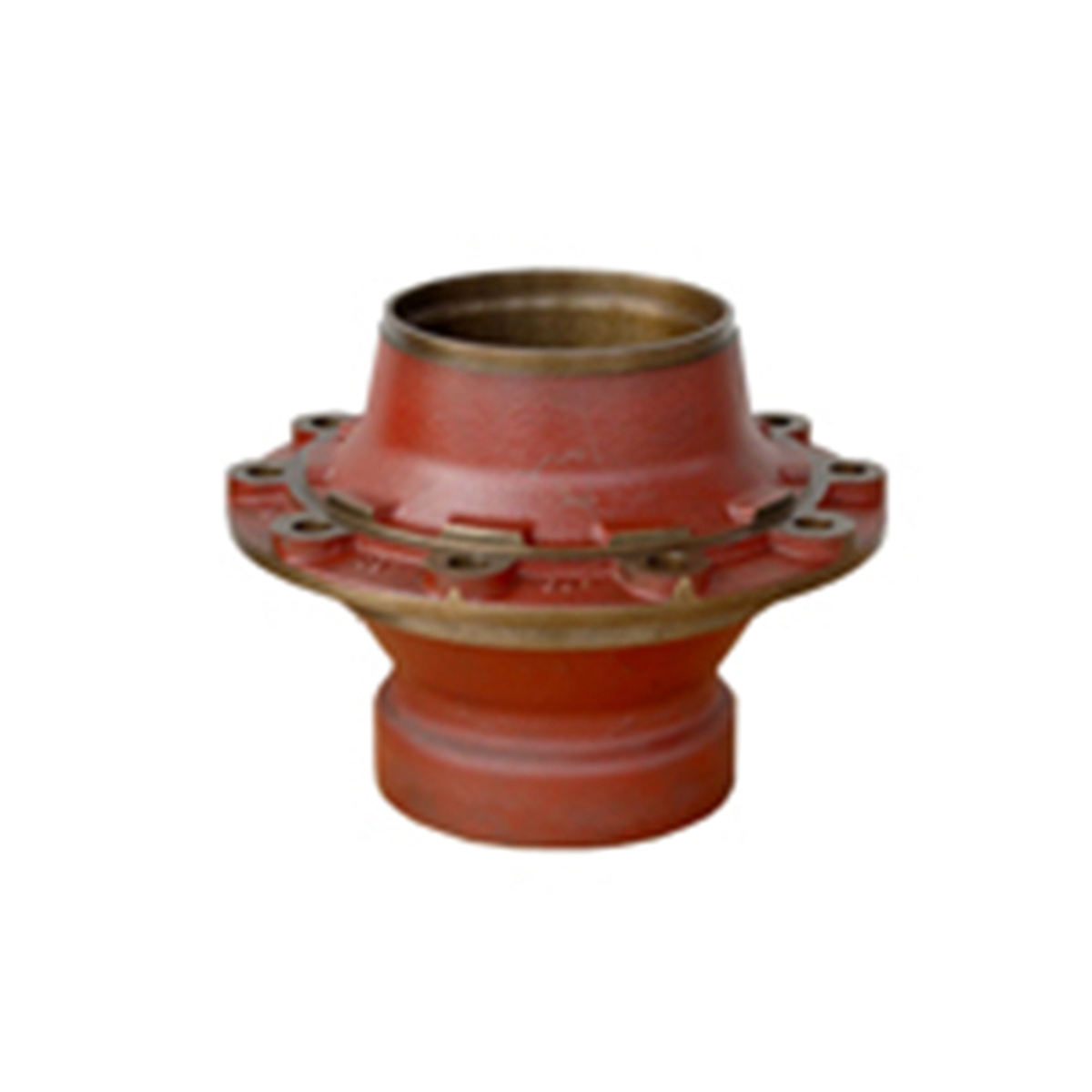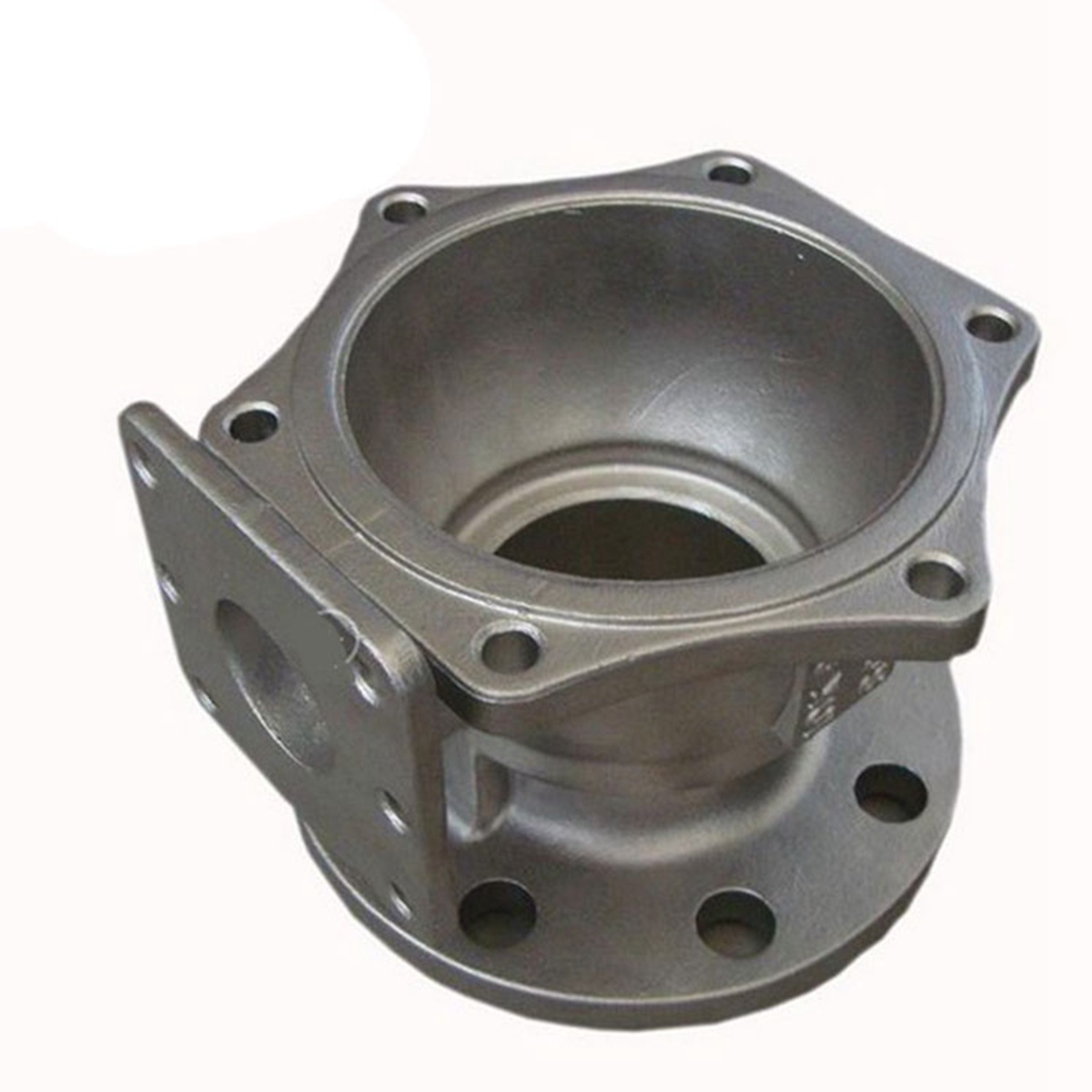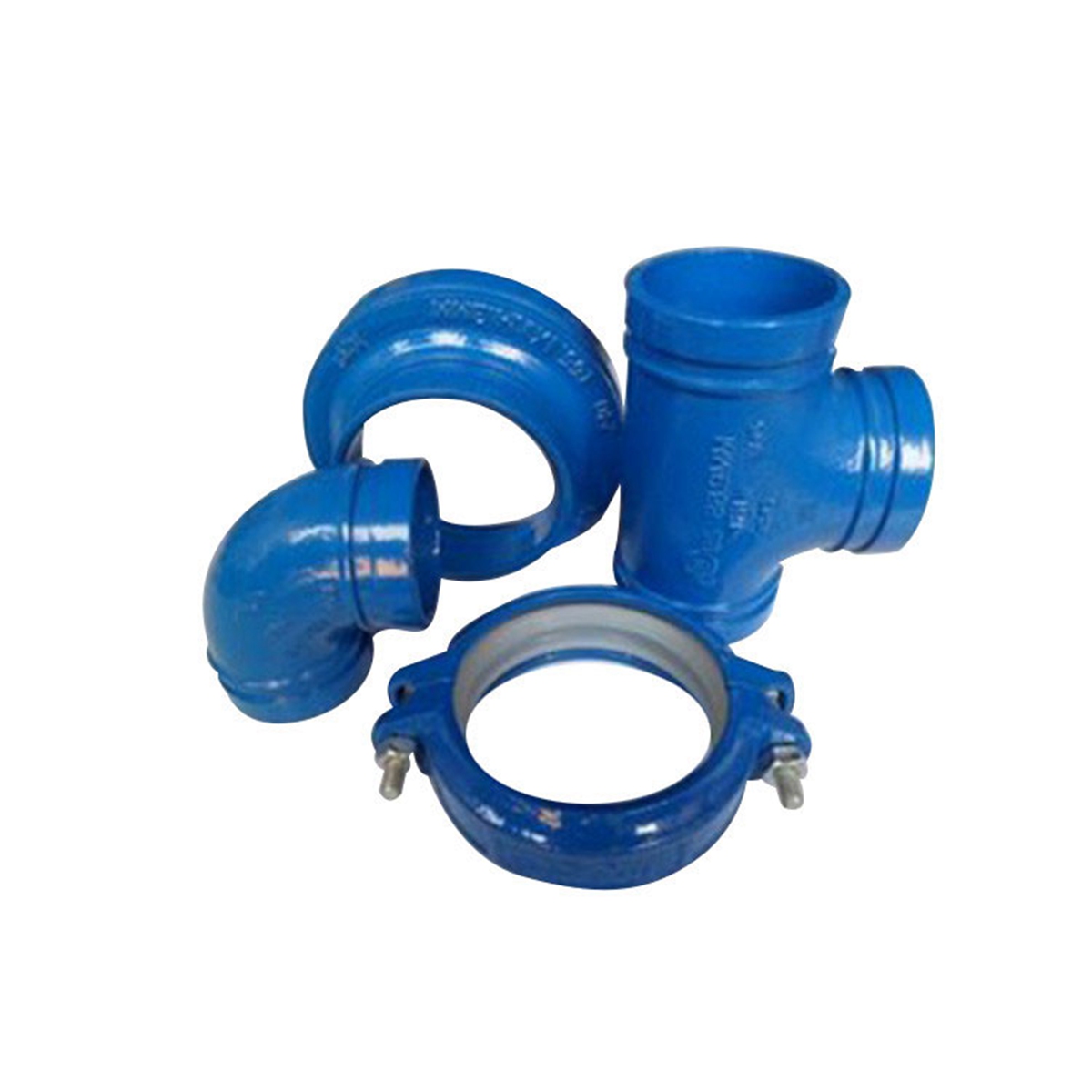
Introduction to the Trade-Off
Gravity casting, as a metal forming process, inherently requires manufacturers to balance between production costs and dimensional precision. This balance becomes particularly critical in mold design and fabrication, where decisions made early in the process significantly impact both quality and economics.
Key Factors Affecting the Cost-Precision Equation
1. Mold Material Selection
High-cost/high-precision option: Tool steel (e.g., H13) offers excellent durability and thermal stability for tight tolerances (±0.1mm) but increases initial costs by 40-60% over alternatives.
Cost-saving option: Ductile iron or aluminum molds reduce upfront costs by 30-50% but may only maintain ±0.3mm tolerances over long production runs.
Balanced approach: Use steel inserts in high-wear areas while employing cast iron for the main mold body.
2. Mold Manufacturing Methods
CNC machining: Delivers ±0.05mm precision but adds 25-35% to mold costs compared to conventional machining.
Additive manufacturing: For complex cores, 3D printed sand molds can achieve ±0.2mm at lower costs for prototype quantities.
Hybrid solution: Combine CNC-finished critical surfaces with manually finished non-critical areas.
3. Tolerance Allocation Strategy
Implement critical feature identification to apply tight tolerances only where functionally required (e.g., mating surfaces)
Use standard tolerance bands (ISO 8062) for non-critical dimensions to avoid unnecessary machining costs
Typical gravity casting tolerances range from CT6 to CT9, with each step improvement in tolerance class increasing costs by approximately 15-20%
4. Mold Lifecycle Considerations
High-volume production (>10,000 casts): Justifies higher initial mold costs through amortization
Low-volume production: May favor cheaper molds with shorter lifespan but acceptable precision
Maintenance costs: Precision molds typically require 30-50% less frequent maintenance, offsetting some initial costs
Practical Implementation Strategies
DFM (Design for Manufacturing) Analysis
Conduct simulation-driven optimization of parting lines and gating systems
Identify where ±0.5mm tolerance is acceptable versus where ±0.1mm is required
Process Control Investments
Implement statistical process control to maintain precision without over-engineering molds
Typical ROI: 12-18 months for automated monitoring systems in medium-volume production
Supplier Collaboration
Engage mold makers early in product development
Leverage their expertise in cost-precision optimization for specific geometries





